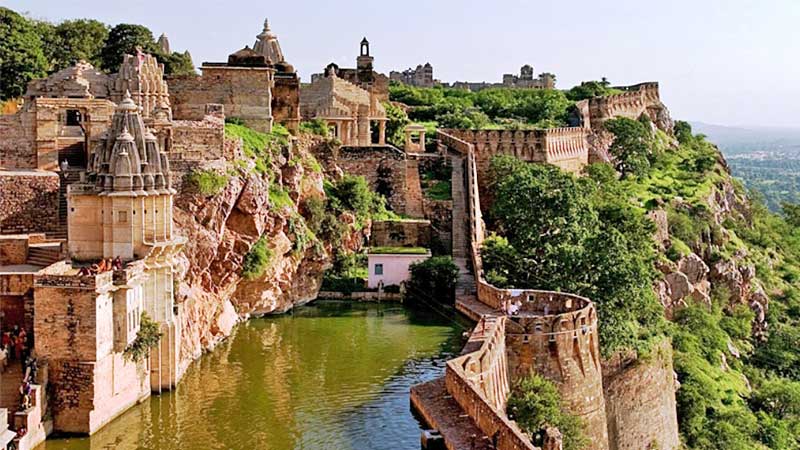
History of Chittaurgarh Fort Rajasthan
Chittaurgarh Fort is a living testimony to the bravery of the great Rajput
rulers who laid down their life fighting a superior enemy instead of leading
a life of submission. The fort is located on a hill that dominates the modern
township of Chittor. It is a fine example of the Rajput style of architecture.
Standing tall in one of the oldest cities in Rajasthan, the Chittaurgarh
Fort perched on a 152-m-high rocky hill. The Chittaurgarh Fort epitomises
the doomed romantic ideal of Rajput chivalry. Chittaurgarh Fort is a living
testimony to the bravery of the great Rajput warriors who sacrificed their
lives fighting a superior enemy instead of leading a life of submission.
The fort with its impressive location and colourful history is the main
source of attraction in Chittor town. Named after Chittrangad Mauraya, the
fort is a fine example of the Rajput style of architecture. The Sisodia
ruler Ajay Pal (1174-1177 AD) improvised the fort wall built by the Gahlot
king in the ninth century AD. The immense stretch of the walls and the ruined
palaces relate the saga of innumerable sieges and heroism. The Chittaurgarh
Fort witnessed three ferocious sieges and each time her defenders, demonstrating
true Rajputana pride, fought valiantly against the enemies.
With the modern town of Chittor at the foot of the hill, imposing Chittaurgarh
Fort rises 150 m above the surrounding region and runs to an approximate
length of 3 km covering an area of 60 acres and peripheral length of 13
km.
Not to be missed during your travel to Rajasthan, the legend of Chittaurgarh
Fort still lingers with the story of Queen Padmini and Ala-ud-din Khilji,
the ruler of Delhi, who was besotted with her beauty. According to legend,
it was because of the beautiful Padmini that Chittaurgarh was sacked the
first time. Ala-ud-din Khilji is said to have been so carried away by Padmini's
beauty that he attacked Chittor in order to possess her. This led to the
first bitter and bloody siege of the Chittaurgarh Fort and the subsequent
mass suicide.
The main places of interest within the precincts of the fort are the two
towers known as the ‘ Kirti Stambh’ (Tower of Fame) and the ‘Vijay
Stambh’ (Tower of Victory). Besides these, there are several temples,
reservoirs, and palaces originating between the 9th and 17th centuries AD.
There is also a big complex of Jain temples within the fort.
Kirti Stambh
The Kirti Stambh is a seven-storied structure with a cramped stairway
of 54 steps. It is 30 feet at the base and narrows down to 15 feet at the
top and is adorned with Jain sculptures on the outside. It is dated approximately
around the 12th century AD. It is dedicated to the first Jain tirthankara
or spiritual teacher, Adinath, and has an impressive five-feet-high statue
of the saint.
Vijay Stambh
However, the most imposing structure within the Chittaurgarh Fort is
the Vijay Stambh. This tower can even be seen from the town, which is located
below the fort. This exemplary piece of architecture stands on a pedestal
of 47 square feet and 10 feet high, while the tower alone stands at a height
of 122 feet and is 30 feet wide at the base. There are 157 steps and the
stairs are circular. It is believed that the tower took 10 years to be completed.
The tower was built around the 15th century AD, by Rana Kumbha, one of the
most powerful Mewar kings. The tower was built to commemorate his victory
over Mahmud Khilji of Malwa. The entire structure is covered with sculptures
of Hindu deities and episodes from the two great Hindu epics, the Ramayana
and the Mahabharata, with names given below each piece of sculpture.
Sammidheshwara Temple
The Sammidheshwara Temple is near this tower. Gaumukh reservoir and
the palace of Queen Padmini are important spots to the south of the Rana
Kumbha Palace. According to legend, Ala-ud-din Khilji, the Sultan of Delhi,
was allowed to see the reflection of Queen Padmini in this palace. A big
water reservoir with water gushing out of a rock shaped in the form of cow’s
mouth called ‘ Gaumukh’ is close to the opening of the cave where
Rani Padmini and the other women are believed to have performed jauhar.
Other spots worth visiting are the Bhimtal Tank, Neelkanth Mahadev Temple,
Meera Temple, Kumbha Shyam Temple, and Kalika Mata Temple dating back to
the 8th century.
Make Your Trip Now
MOST POPULAR PACKAGES
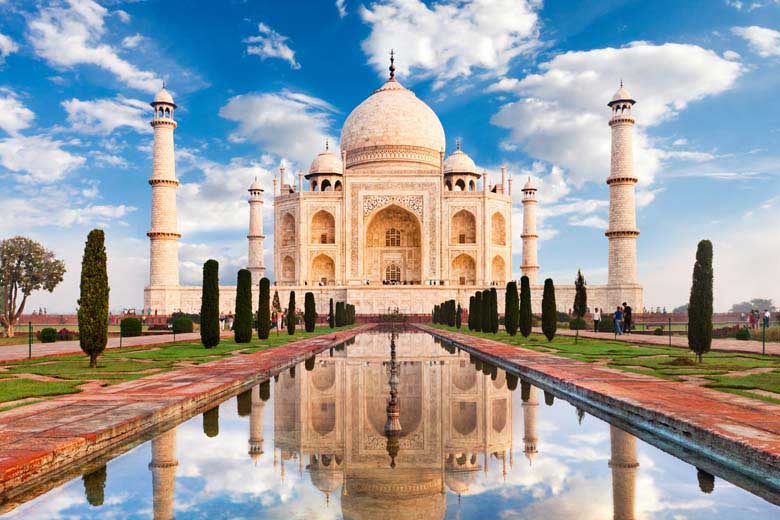
6 Nights / 7 Days
Golden Triangle Vacation Tour
India’s golden triangle is a tourist circuit which includes: Delhi, Agra (including the Taj Mahal), and Jaipur. These trips usually 7 days and do the trip as a circuit starting and ending in Delhi.
View Package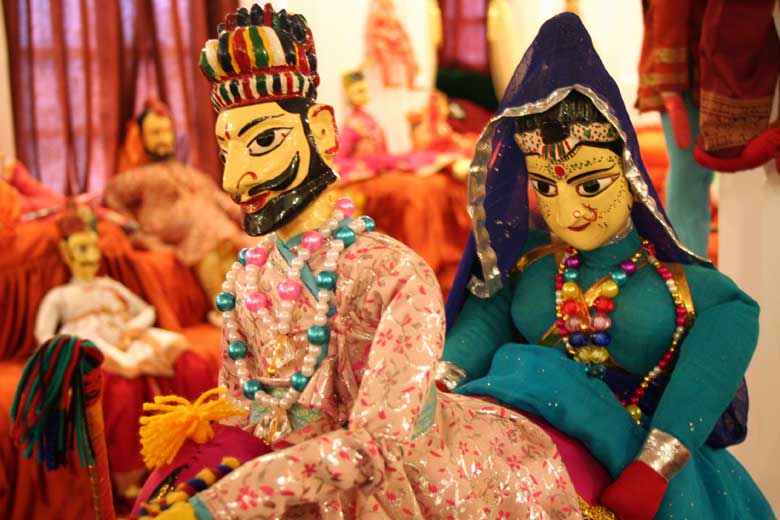
16 Nights / 17 Days
Rajasthan colorful Tour
Coloruful Rajasthan Tour is one of the most popular circuit of India. This tour package accommodates you to endure Rajasthan in all its different colors.
View Package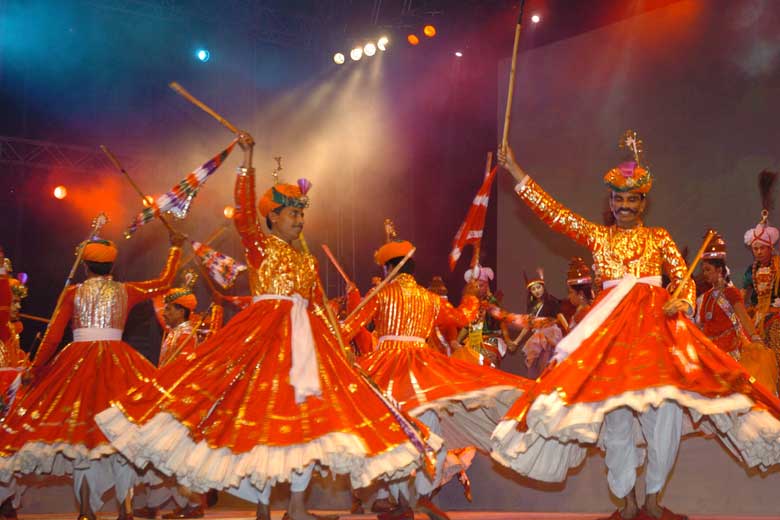
10 Nights / 11 Days
Rajasthan Cultural Tour
The Rajasthan state represents an unusual diversity in all its forms - people, culture, customs, costumes, cuisine, dialects and music and haveli's.
View Package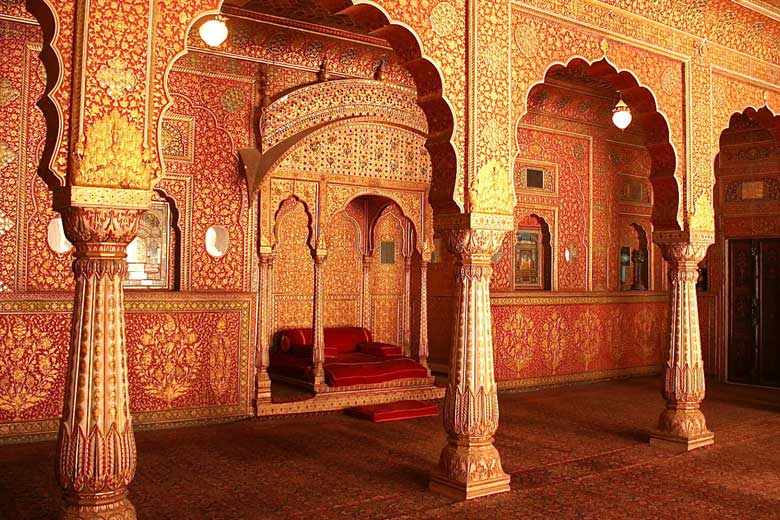
12 Nights / 13 Days
Rajasthan Fort & Palace Tour
Rajasthan is famous all over the world for its stunning forts and palaces that have been gloriously standing since decades in this princely state.
View Package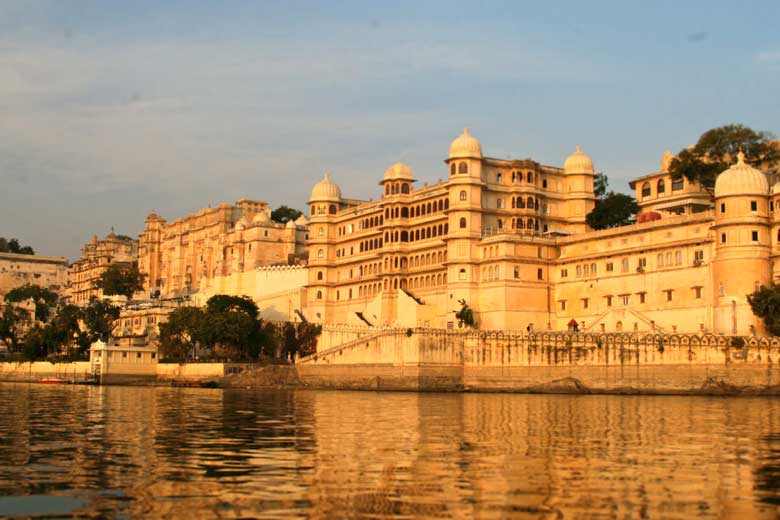
11 Nights / 12 Days
Rajasthan Heritage Tour
Rajasthan known as the "land of kings"provides some marvelous marks from the history in the form of its forts, palaces, mansions and haveli's.
View Package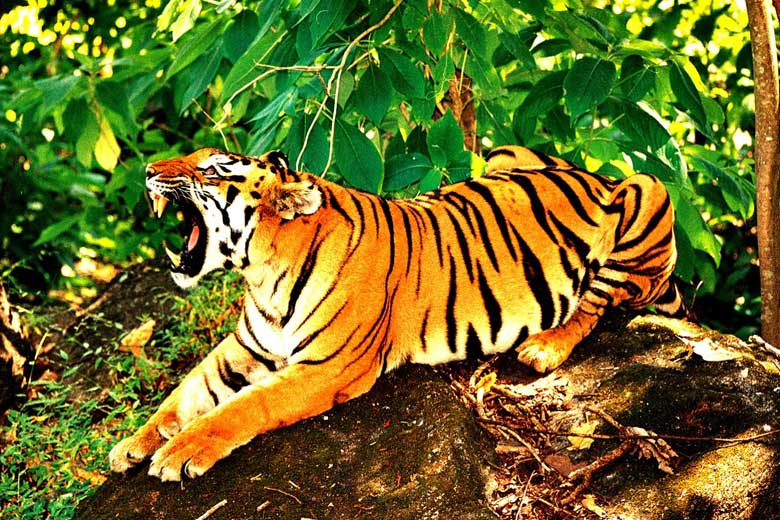
06 Nights / 07 Days
Rajasthan Wildlife Tour
The name Rajasthan has a habit of invoking the images of sun-bathed sand dunes of the Thar Desert, the rustic turban and mustache of Rajasthani men and women’s ghagra.
View Package
 Gujarat Toursim
Gujarat Toursim IATO - Indian Association of Tour Operators
IATO - Indian Association of Tour Operators +91-9811175768
+91-9811175768
